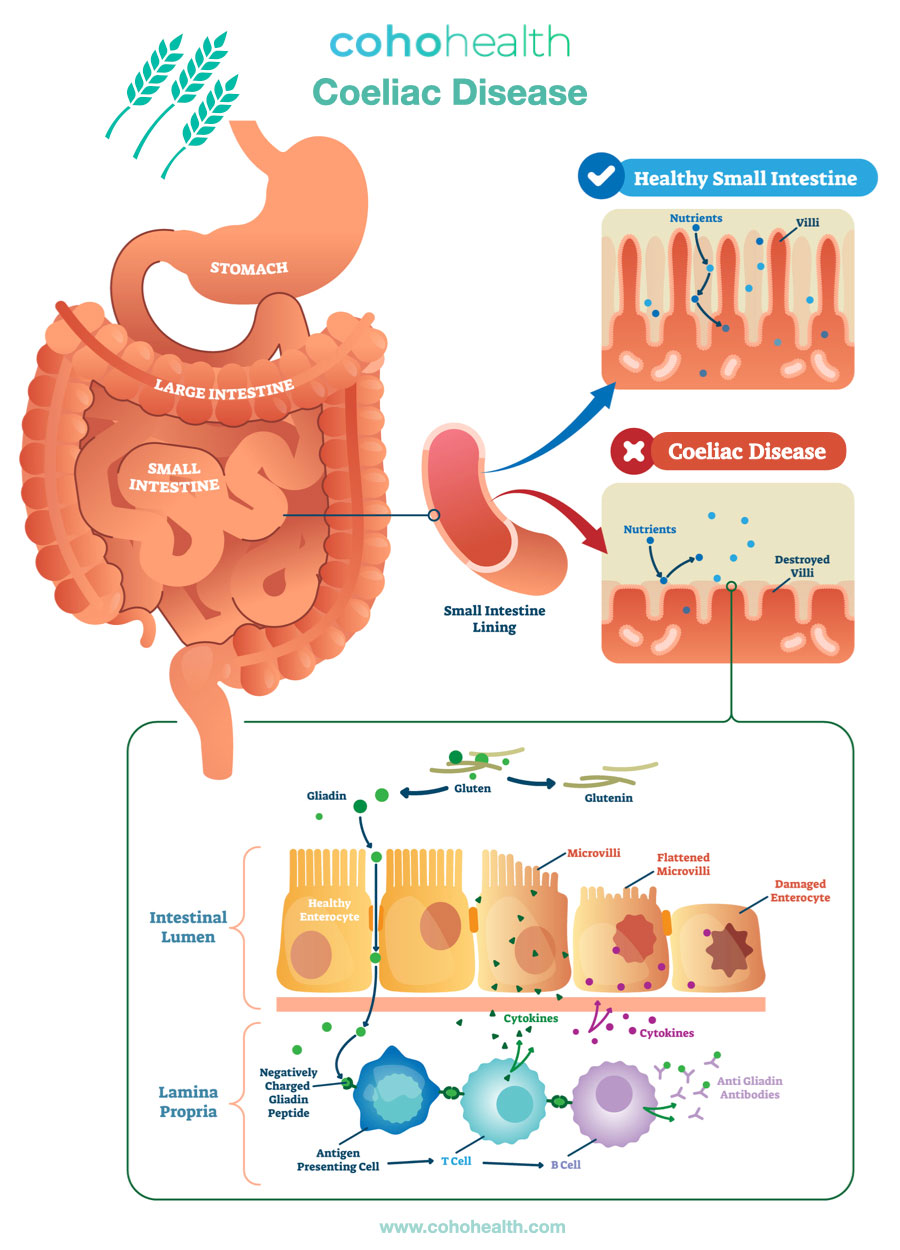Art Therapy Healing Hands
When we think of art therapy, we often imagine a serene setting where people create masterpieces to express themselves. But what if I told you that the hands behind these creations are not just any hands? They’re healing hands, capable of transforming lives through the power of art.
The Science Behind Art Therapy
Art therapy is a form of expressive psychotherapy that combines creativity with emotional processing. Research has shown that engaging in art-making activities can stimulate the brain’s reward system, releasing dopamine and endorphins – natural mood-boosters. This can lead to improved mental health outcomes, including reduced stress, anxiety, and depression.
The Neurological Benefits of Art Therapy
Studies have demonstrated that art therapy can positively impact neurological functioning, including:
- Cognitive processing**: Art-making stimulates the brain’s problem-solving centers, promoting improved cognitive flexibility and creativity.
- Emotional regulation**: The creative process helps individuals manage emotions, reducing symptoms of anxiety and depression.
- Social connections**: Group art therapy sessions foster social bonds, combating loneliness and isolation.
The Healing Power of Art Therapy
Art therapy can be used to treat a range of mental health conditions, including:
- Mental health disorders**: Post-traumatic stress disorder (PTSD), depression, anxiety, and bipolar disorder are just a few examples.
Examples of Art Therapy in Practice
Here are some inspiring stories of art therapy in action:
- Cancer patients**: Creating art helps individuals cope with the emotional and physical challenges of cancer treatment.
- Veterans**: Art therapy provides a safe space for veterans to process their experiences and emotions related to combat.
Getting Started with Art Therapy
If you’re interested in exploring art therapy, consider the following:
- Finding an art therapist**: Look for licensed professionals who specialize in art therapy. You can search online or check local hospitals, clinics, and mental health organizations.
- Starting small**: Begin with simple exercises like drawing, painting, or sculpting to get comfortable with the process.
Tips for a Successful Art Therapy Session
To get the most out of your art therapy sessions:
- Be open-minded**: Leave preconceptions at the door and approach each session with an open heart and mind.
- Communicate freely**: Share your thoughts, feelings, and intentions with your therapist to maximize the therapeutic benefits.
Frequently Asked Questions (FAQs)
If you’re new to art therapy or have questions about its applications:
- What is art therapy used for?**: Art therapy can be used to treat a range of mental health conditions, developmental disabilities, and other challenges.
- How do I find an art therapist?**: Search online, check local hospitals, clinics, and mental health organizations, or ask your healthcare provider for recommendations.
Conclusion: The Healing Hands of Art Therapy
In conclusion, the hands behind art therapy are not just any hands – they’re healing hands. By harnessing the power of creativity and emotional processing, art therapy can transform lives. Whether you’re seeking mental health support or looking to enhance your well-being, consider exploring art therapy as a valuable tool in your self-care arsenal.
As you embark on this journey, remember that it’s not just about creating beautiful art – it’s about cultivating inner peace, healing, and personal growth. So take the first step today, and discover the incredible potential of art therapy for yourself!


